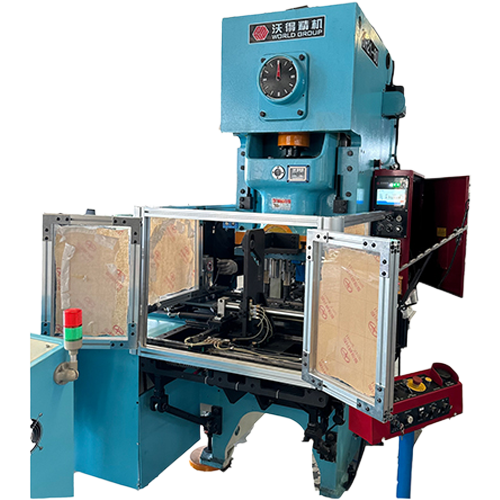Sealing machine production process
This standard specifies the product classification, technical requirements, test methods, inspection rules and markings, packaging, transportation and storage of tank sealers. This standard applies to automatic and semi-automatic can sealing machines used for rolling food and daily chemical metal cans. The glass jar sealing machine may also be used with reference.
Application range of sealing machine
Can sealing machines are mainly used for sealing cans, iron cans and paper cans, and are widely used in the pharmaceutical, daily chemical, food, beverage, chemical and other industries.
Semi-automatic can sealers are often used as independent equipment or are equipped in small-batch multi-variety filling production lines.
Fully automatic can sealing machine is suitable for high-volume production of a single product. According to the material characteristics, the front process is often equipped with liquid filling machines, powder filling machines and other equipment, while the rear process is often used in conjunction with labeling machines, code spraying machines, etc.
Production line process
The packaging process for canned beer is simpler and easier to control than for bottled and cask beer. The core equipment of the automated canning production line includes depalletizer, can sealing machine, sterilizer, and box packing and sealing machine. Its filling speed can reach 1,000 cans per minute, which is comparable to the canning equipment of Dingzi Factory.
The beer canning process is as follows: the can sealer removes the stacked empty cans from the plastic tray, pushes them into the plastic chain plate, enters the washing machine, rinses them with 80℃ hot water and dries them to achieve a sterile state. Carbon dioxide isobaric filling technology is then used to replace the air in the tank with carbon dioxide. After filling, carbon dioxide is sprayed into the tank mouth and quickly capped. Pasteurization (spray sterilization) is carried out after the liquid level is detected by an automatic meter. The filled tank is dried by an air dryer, and the inkjet printer prints the production date at the bottom of the tank.
Different can sealing machines are selected according to the packaging form: single-piece die-cut cardboard adopts a covered can sealing method, pressing the can body onto one side of the cardboard, the mechanical rod alternately lifts the other large side and both sides, and hot melt adhesive quickly bonds the manufacturer's seams and folds. Covered can sealing is widely used in domestic breweries, and the equipment is provided by Kisters Company of Germany. There is also a pre-made box (bonded into shape by the manufacturer in the carton factory). The suction cup type cartoning machine draws the large surface into a groove through the suction cup, and the mechanical rod pushes the earpiece into the groove and glues it. The packaging is extremely efficient and is widely used abroad. The clad cartoning machine can also pack thermoplastic film cans with paper holders. Such cartoning machines need to be equipped with polyethylene film slitting and covering systems and heat shrink ovens.
If there is a printed pattern on the surface of the PE film, it needs to be equipped with a photoelectric eye device. OPP sealing tape is usually no longer used for handset boxes after automatic box binding. The standard 355ml can size is 24 cans, and 18 cans and 12 cans are also available to suit consumers' whole-case purchasing habits. Modern beer technology widely uses computer recognition systems and digital display instruments to assist mechanized filling operations, ensuring that the quality of beer is not affected during the filling process. The tank sealer can automatically detect tank manufacturing defects: oil, liquid leakage, deformation, foreign matter and odor, and remove unqualified containers from the production line.
Recommended Products


 EN
EN
 中文简体
中文简体 English
English













